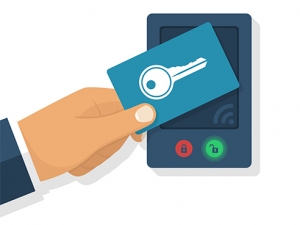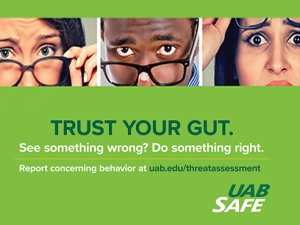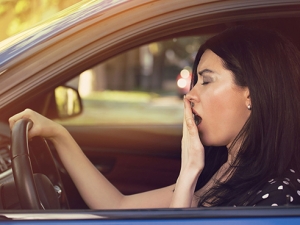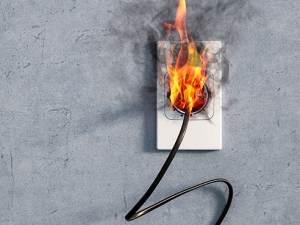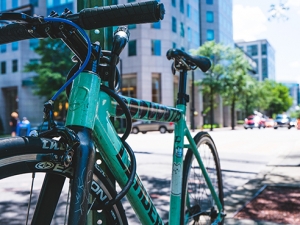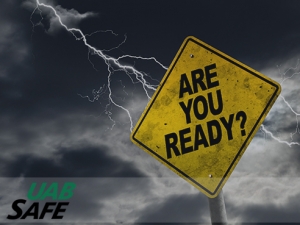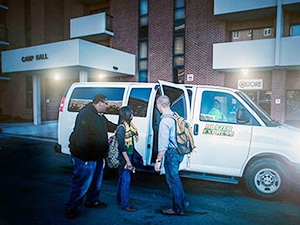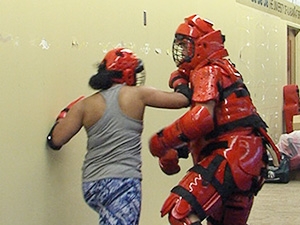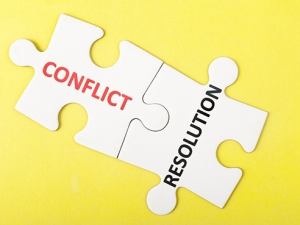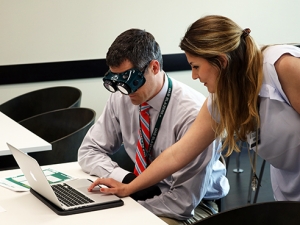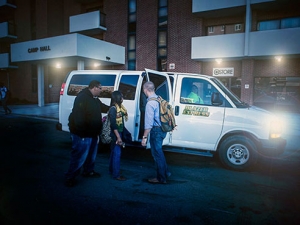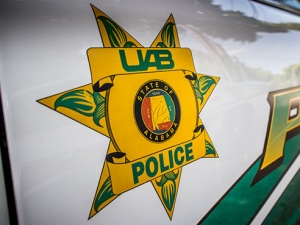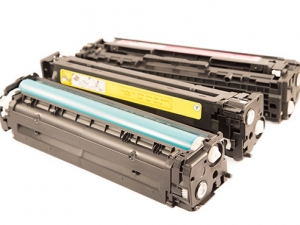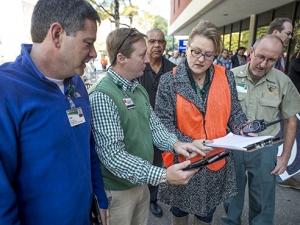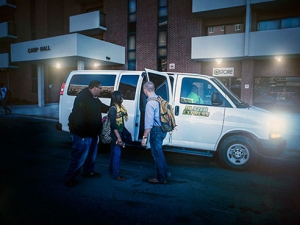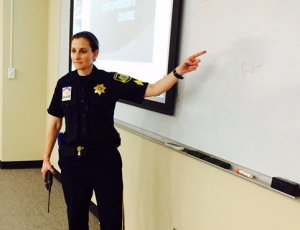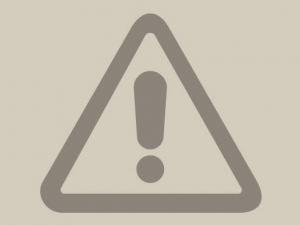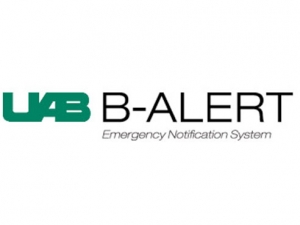The tornadoes that ripped through the Southeast April 27 left many with nothing — no power, no water, no home, no possessions.
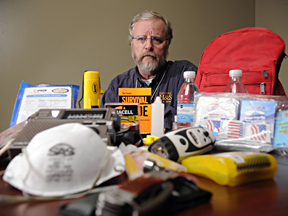 |
| Randy Pewitt, director of Education, Training and General Safety, shows items you should have on hand as part of your family’s personal preparedness kit. |
Meteorologists warned a few days in advance that the potential for a major severe weather outbreak was possible. Still, no one anticipated this devastation.
The vicious weather is a sobering reminder that disasters can strike any time, anywhere. Bryan Breland, director of UAB Emergency Management, says all employees and students should take inventory of items in their homes to ensure their families are prepared if disaster strikes.
“Being prepared means being familiar with all types of emergencies and knowing how to respond to them,” Breland says. “You should also be ready to be self-sufficient for at least three days. This may mean providing for your own shelter, first aid, food, water and sanitation.”
One key aspect of preparedness is a family communications plan. Discuss how, when and where you will meet if you are separated. And while you should have your cell phone, don’t rely on it solely; service isn’t always available during widespread damage.
“Plan for all family members to check in with a relative or family friend who lives out of the area who can relay messages for you,” Breland says.
Pack an emergency kit
Part of your plan also should include packing emergency kits with essential items. These include a three-day supply of ready-to-eat food and water, change of clothing, personal hygiene items, flashlights and batteries, blankets, first-aid supplies, essential personal documents placed in a container, hand sanitizer and medications.
Also consider storing emergency water rather than relying on municipal water systems; they may become contaminated if there are breaks in the waterlines outside of your home.
After the essentials, consider some items that provide comfort, especially for children. Family pictures, toys, games or a favorite stuffed animal can help mange fear and anxiety during and after a crisis.
Breland says it’s also important to teach children who are old enough to understand that different situations require different actions.
“For example, show them that the safe place during severe weather is the basement and the safe place during a fire is the mailbox outside,” Breland says. “And it’s important to practice these routines as a family. Kids often do what their parents do, not what their parents say. Take it seriously, and practice with your kids often.”
Also, talk with your family about potential disaster scenarios and the need to to prepare for them. Involve each member of your family in the planning. By showing them simple steps to increase their safety you can help reduce anxiety about emergencies.
Make sure everyone knows where to find the family disaster-supply kits. It’s also important to store your emergency kit near your safe place and check it periodically. Don’t count the food in your pantry as part of the emergency supply unless you intend to maintain it and know that it will be accessible during a disaster.
For more on basic personal preparedness, including emergency planning and checklists, visit www.fema.gov/areyouready.
Preparing for disaster
Ideas to consider as you formulate your disaster plan:
- Make sure every family member knows where to find your disaster-supply kit.
- Try to make sure everyone has a pair of shoes easily available to them.
- Locate the gas main and other utilities and ensure family members know when and how to turn them off.
- Be sure you have any special-need items for children and seniors or people with disabilities.
- If you have pets, don’t forget their water and supplies.
- Include your children in family discussions and planning for emergency safety.
- Teach children basic personal information so they can identify themselves and get help if they become separated from a parent or guardian. Prepare an emergency card with information for your child, including their full name, address, phone number, parent’s work number and out-of-state contact and have it with your emergency kits.
- Provide comfort food and treats for each child in your disaster-supply kit.
- Keep a recent photo of your children in your emergency kit.
- Teach children to dial their home telephone number and Emergency 911. Role-play with children on what to say when calling Emergency 911.
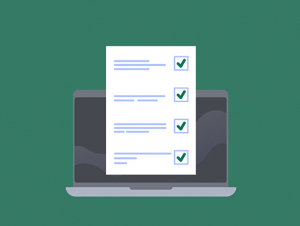
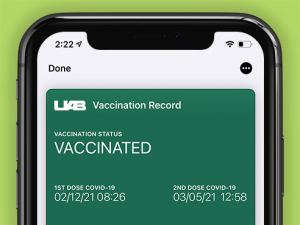
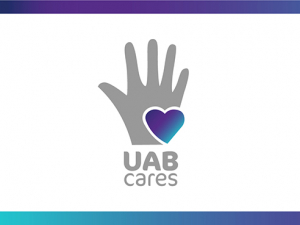
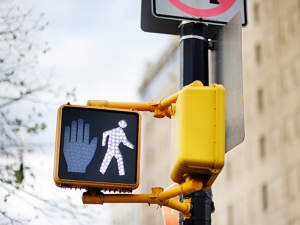
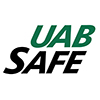 Be safe, not a statistic: Pedestrian fatalities have risen 46 percent since 2009.
Be safe, not a statistic: Pedestrian fatalities have risen 46 percent since 2009.
